
The World Top Ten Proven Oil Reserves LDI Training
The U.S. Environmental Protection Agency is working to address this issue. Some old offshore oil rigs are tipped over and left on the sea floor in a Rigs-to-Reefs program. Within a year after a rig is toppled, barnacles, coral, sponges, clams, and other sea creatures cover the rig. These artificial reefs attract fish and other marine life, and.

279 Fossil Fuel Formation Images, Stock Photos & Vectors Shutterstock
Meet John Skvarla, new secretary of the Department of Environment and Natural Resources (DENR, to tarheels). To cut to the chase, here's your takeaway idea: maybe oil is a renewable resource.

Oil, Natural Resource YouTube
Why Is Oil a Non-Renewable Resource? Oil or petroleum, otherwise known as liquid coal to underline its importance and value to our economy, is one of the most precious fossil fuels on Earth. Just like other fossil fuels such as coal and natural gas, it was formed many thousand years ago when the Earth's climate was radically different.

Natural Resource Oil YouTube
Crude oil and other hydrocarbons exist in liquid or gaseous form in underground pools, or reservoirs, in tiny spaces within sedimentary rocks and near the earth's surface in tar (or oil) sands. Petroleum products are fuels made from crude oil and the hydrocarbons contained in natural gas. Petroleum products can also be made from coal, natural.

How much natural resources we have left?
Oil is a natural resource formed by the decay of organic matter over millions of years. And like many other natural resources, oil cannot be produced, only extracted where it already exists.
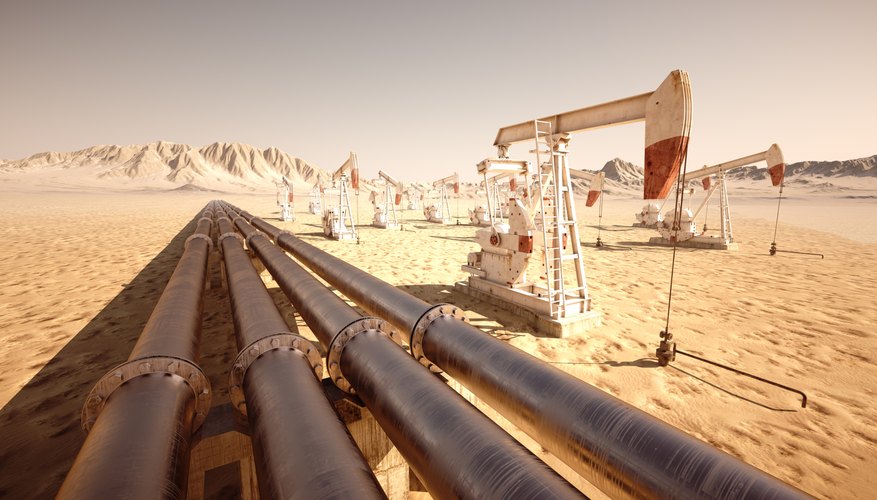
Natural Resources of the Sahara Desert Sciencing
Nonrenewable energy comes from sources that will run out or will not be replenished in our lifetimes—or even in many, many lifetimes.. Most nonrenewable energy sources are fossil fuels: coal, petroleum, and natural gas.Carbon is the main element in fossil fuels. For this reason, the time period that fossil fuels formed (about 360-300 million years ago) is called the Carboniferous Period.

Natural Oil Find BioOil
The three fossil fuels are oil, natural gas, and coal. Fossil fuels are hydrocarbons formed from deeply-buried, dead organic material subject to high temperature and pressure for hundreds of millions of years. They are a depletable, non-renewable energy resource. Fossil fuel combustion (converting chemical energy into heat) powered the.
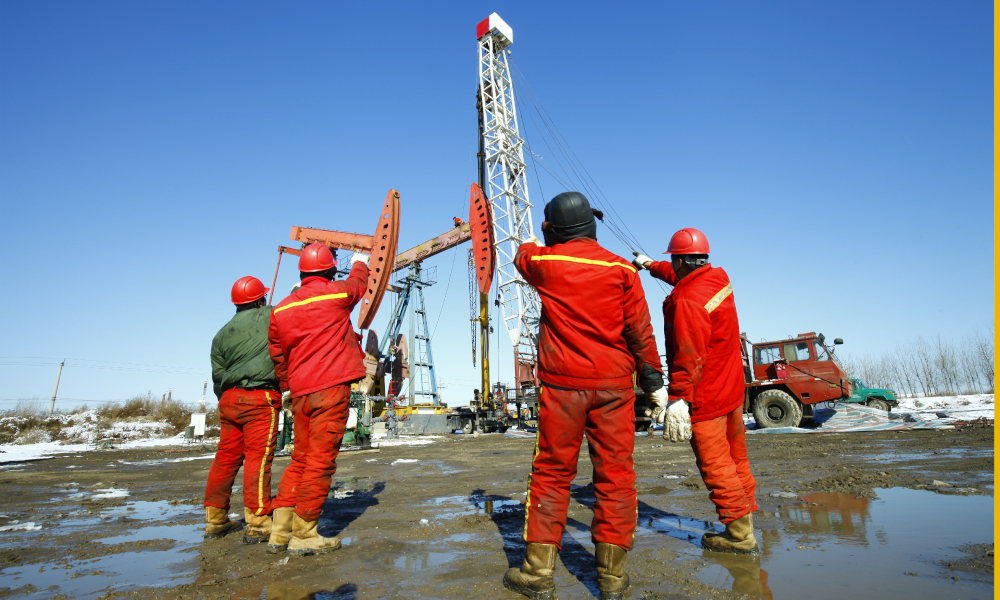
A strong future ahead for oil and gas exploration in Australia FENCiT
Coal, oil, and natural gas are referred to as non-renewable resources but this can be confusing, as it makes it sound as if these resources are running out soon. Fossil fuel reserves are predicted to decline in the future (see Hubbert's peak for some description of this), however, this is not likely to be what limits fossil fuel use. Instead, the need to slow climate change will most likely.

Does Eritrea have Petroleum Oil? Madote
Examples of Natural Resources. Earth's most common natural resources are sunlight, air, water, soil, stone, plants, animals, and fossil fuels. They are essential for humanity to fulfill necessities like food, building, and clothing. They produce electricity, fuel for transportation, and make fertilizers. However, items such as plastic goods.
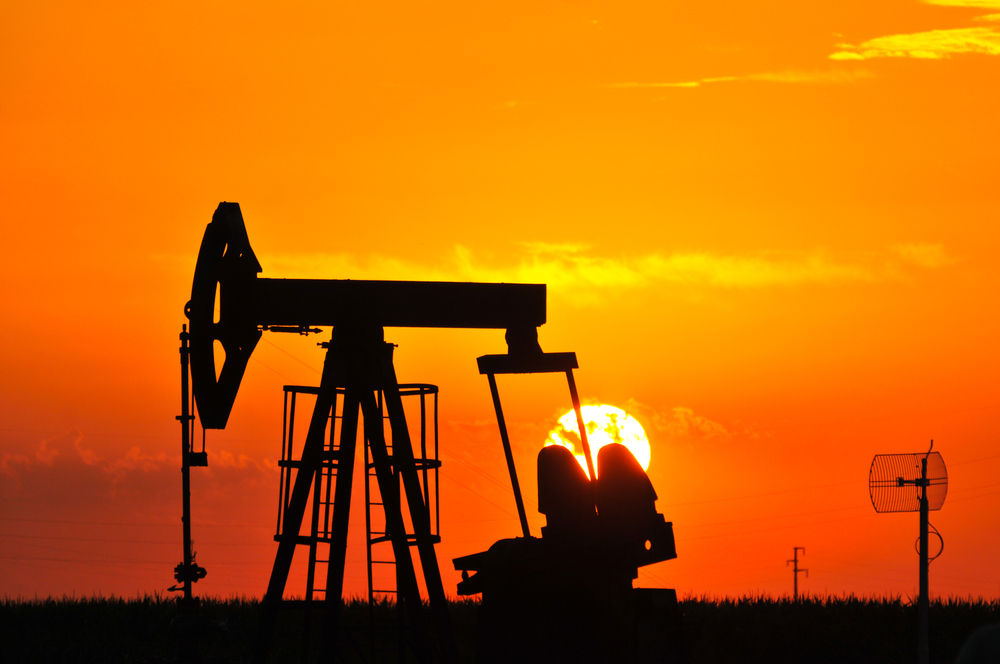
Oil Company Investment by Eagle Natural Resources
So oil is a nonrenewable resource. Renewable and Nonrenewable Resources. A natural resource is something supplied by nature that helps support life. When you think ofnatural resources, you may think of minerals and fossil fuels. However, ecosystems and the services they provide are also natural resources.
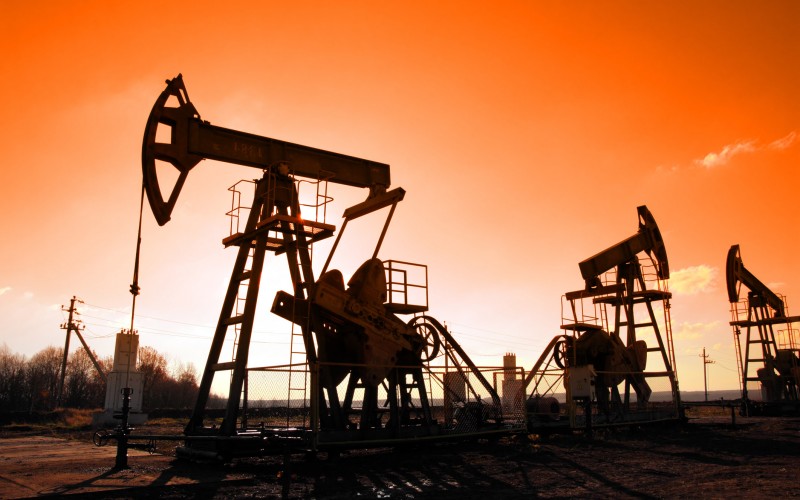
Can Uganda escape the natural resource curse? Global Risk Insights
Oil is an important natural resource for many industries, but it can lead to serious environmental damage when accidentally spilled. While large oil spills are highly publicized, every year, there.

NonRenewable Resources Definition & Examples Video & Lesson
petroleum, complex mixture of hydrocarbons that occur in Earth in liquid, gaseous, or solid form.A natural resource, petroleum is most often conceived of in its liquid form, commonly called crude oil, but, as a technical term, petroleum also refers to natural gas and the viscous or solid form known as bitumen, which is found in tar sands.The liquid and gaseous phases of petroleum constitute.
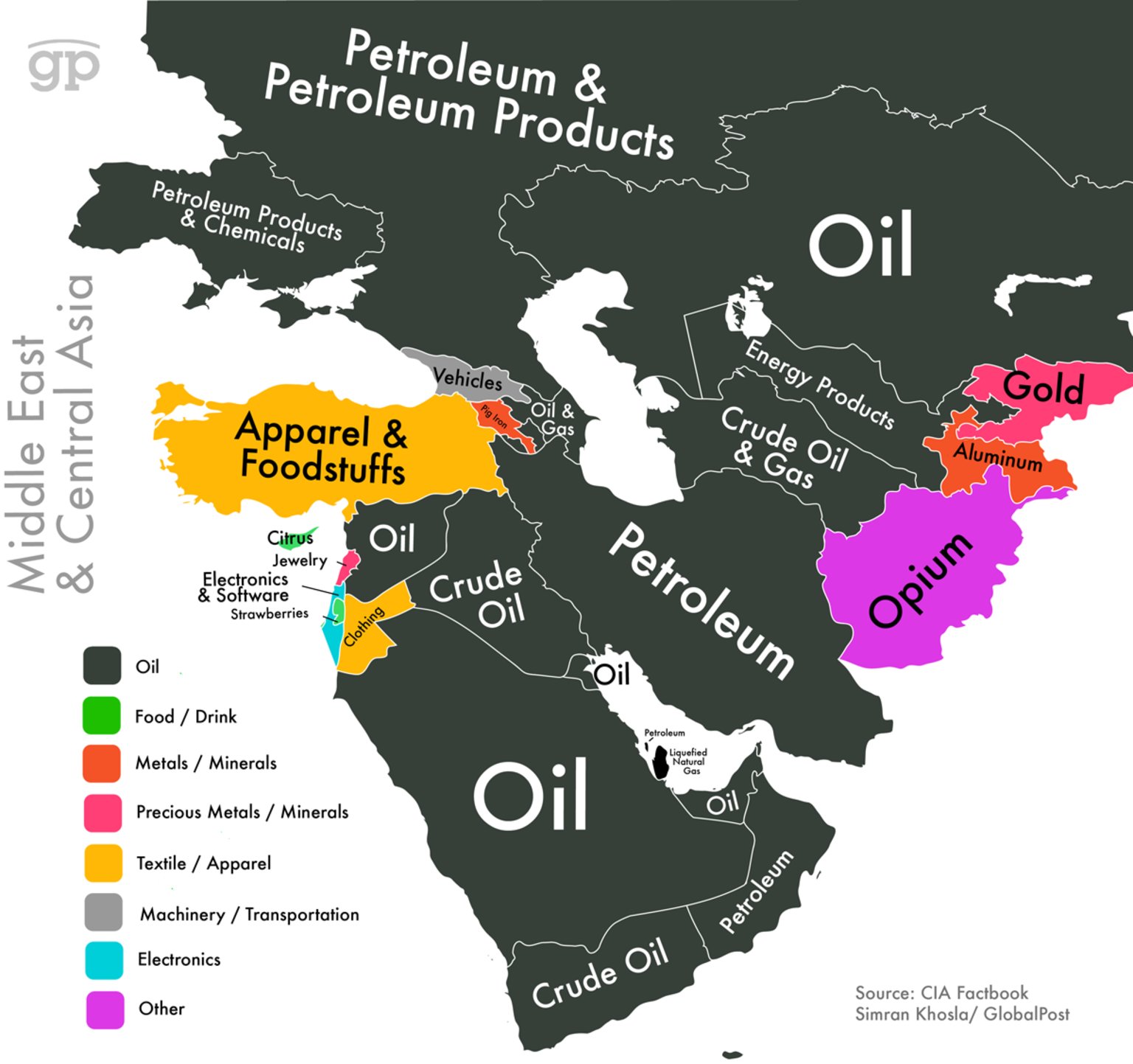
KözelKelet Quizizz
Natural resource, any biological, mineral, or aesthetic asset afforded by nature without human intervention that can be used for some form of benefit, whether material (economic) or immaterial. What is considered a "resource" (or, for that matter, "natural") has varied over time and from one.
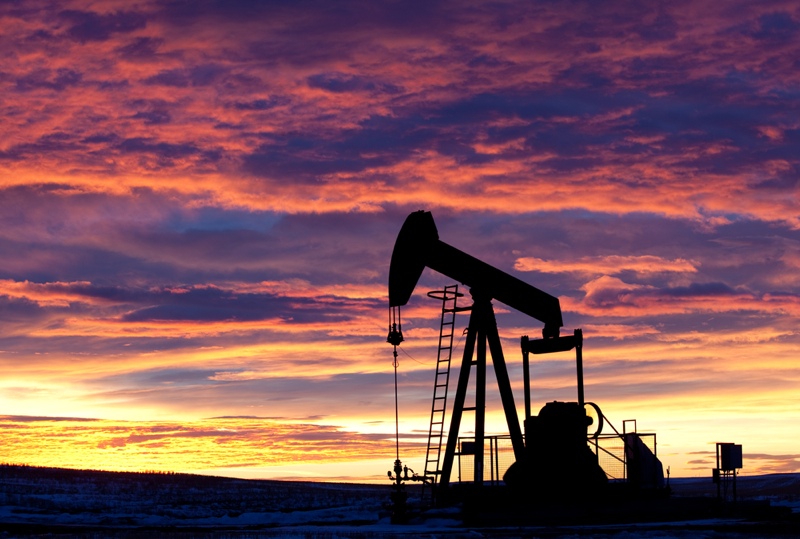
The Mysterious Origin and Supply of Oil Live Science
Fossil fuels are made from decomposing plants and animals. These fuels are found in Earth's crust and contain carbon and hydrogen, which can be burned for energy. Coal, oil, and natural gas are examples of fossil fuels. Coal is a material usually found in sedimentary rock deposits where rock and dead plant and animal matter are piled up in layers. More than 50 percent of a piece of coal's.

EIA forecasts recordlevel US crude oil production through 2019 Daily
In the United States, most of the new oil and natural gas production activities on land use unconventional production technologies. Tight oil production. The U.S. oil and natural gas industry uses the term tight oil to mean the different geologic formations producing oil at a specific well. Tight oil is produced from low-permeability sandstones.
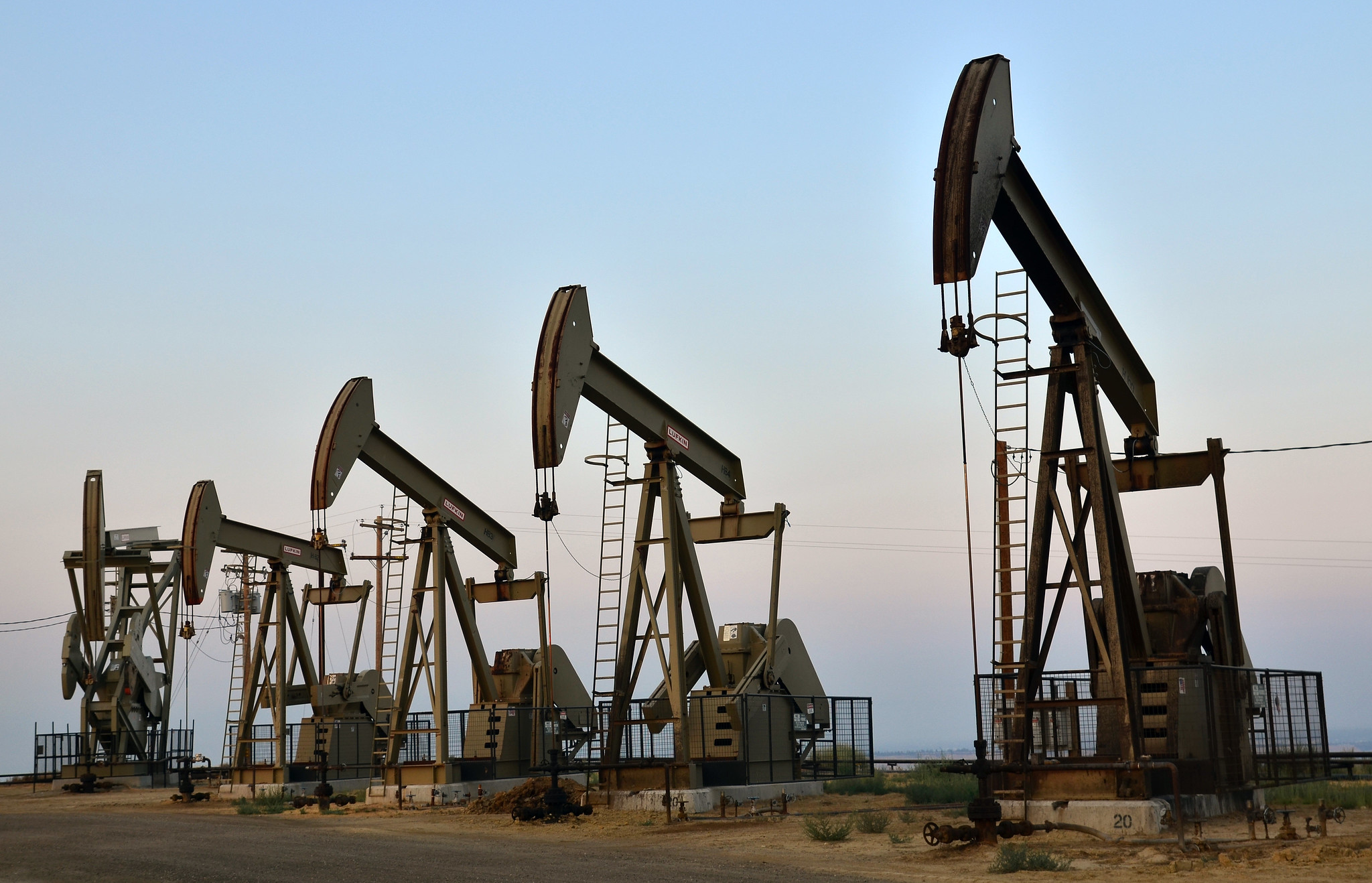
Gas drilling taps into markets beyond energy Scienceline
Petroleum, also known as crude oil or simply oil, is a naturally occurring yellowish-black liquid mixture of mainly hydrocarbons, and is found in geological formations.The name petroleum covers both naturally occurring unprocessed crude oil and petroleum products that consist of refined crude oil.. Petroleum is primarily recovered by oil drilling.Drilling is carried out after studies of.
- Honda Nt 1100 Vs Kawasaki Versys 1000
- Bragas Naiara Bikini Señora Algodon Negro
- Ama Asociación De Mujeres Mastectomizadas Jerez
- Cual Es Mejor Latios O Latias Pokemon Esmeralda
- Buscador Oficinas Bankia Calle Pez Madrid
- Como Eliminar Personas Bloqueadas De Whatsapp
- Como Eliminar Carpetas Compartidas En Red Windows 10
- Algo Que Se Puede Reducir A Polvo
- Agrupacion Base Aerea De Torrejon
- Calories In 1 Piece Of Cake